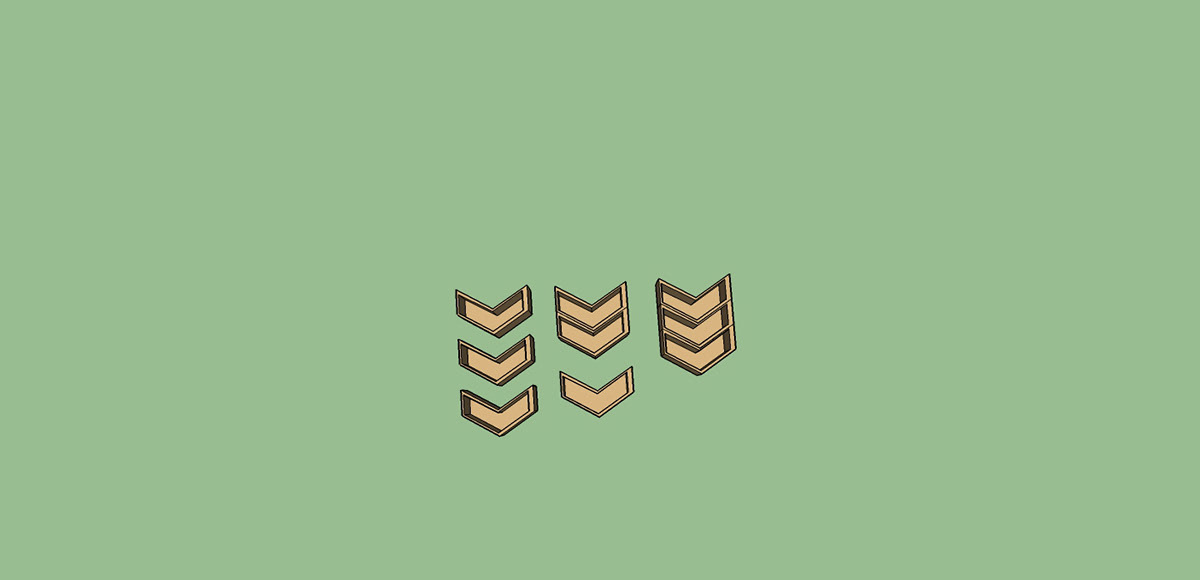Modular Product Project Criteria
Evaluation criteria
-Clarity of Research and Analysis
-Representing design as an iterative process (study models, sketches)
-Inventive use of Module (form/function)
-Quality/Craft of final model and drawings
-Overall presentation (verbal, written, drawn, modeled)
For the modulars project, below is a list of required and suggested items to have for your final presentation of the project on November 18th. Remember that when doing any design project, similar to writing, you are formulating an argument. In many ways this means proving why and how you are making certain decisions. Communicating and representing your research, and ideas plays a very important role.
Drawing + Written Research/analysis
Analysis brainstorming web
Spatial/Environment Analysis (Drawings/Diagrams)
Assembly Diagrams (how does it work and/or how it is assembled?)
Possible formal and functional configurations (if applicable)
Efficiency Diagram (if applicable)
Models
Study models
Scalar models, i.e. models built at a smaller scale (if applicable)
Final 1:1 Scale Functioning Modular models (3 modulars minimum)
SpatialEnvrionmental Analysis: Drawn brainstorming web of problems with chosen environment or situation, mine being "life as a nomad"

SpatialEnvrionmental Analysis: A Typical Week in the Life of Talley
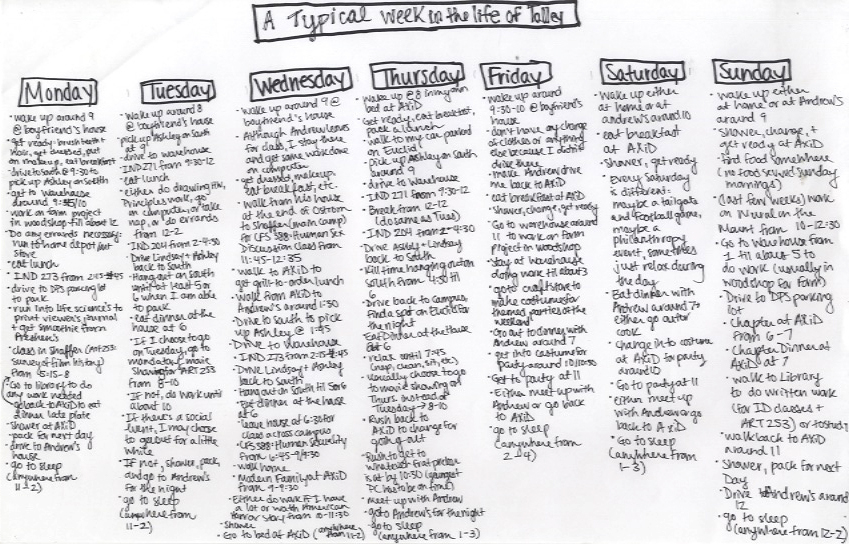
SpatialEnvrionmental Analysis: Flow of Belongings

After coming up with some basic designs, the assignment turned towards being able to solve specific problems that we had as students using modular designs – our first attempts as a basis. The following are sketches that aim to solve my problem of not having any organization in my car when I throw everything in it.



In the Modular assignment, we explored how a multitude of the same shapes could create a functioning design that was aesthetically pleasing.
The following images are of my first attempts of experimenting with modular forms, or the repetition of particular shapes:



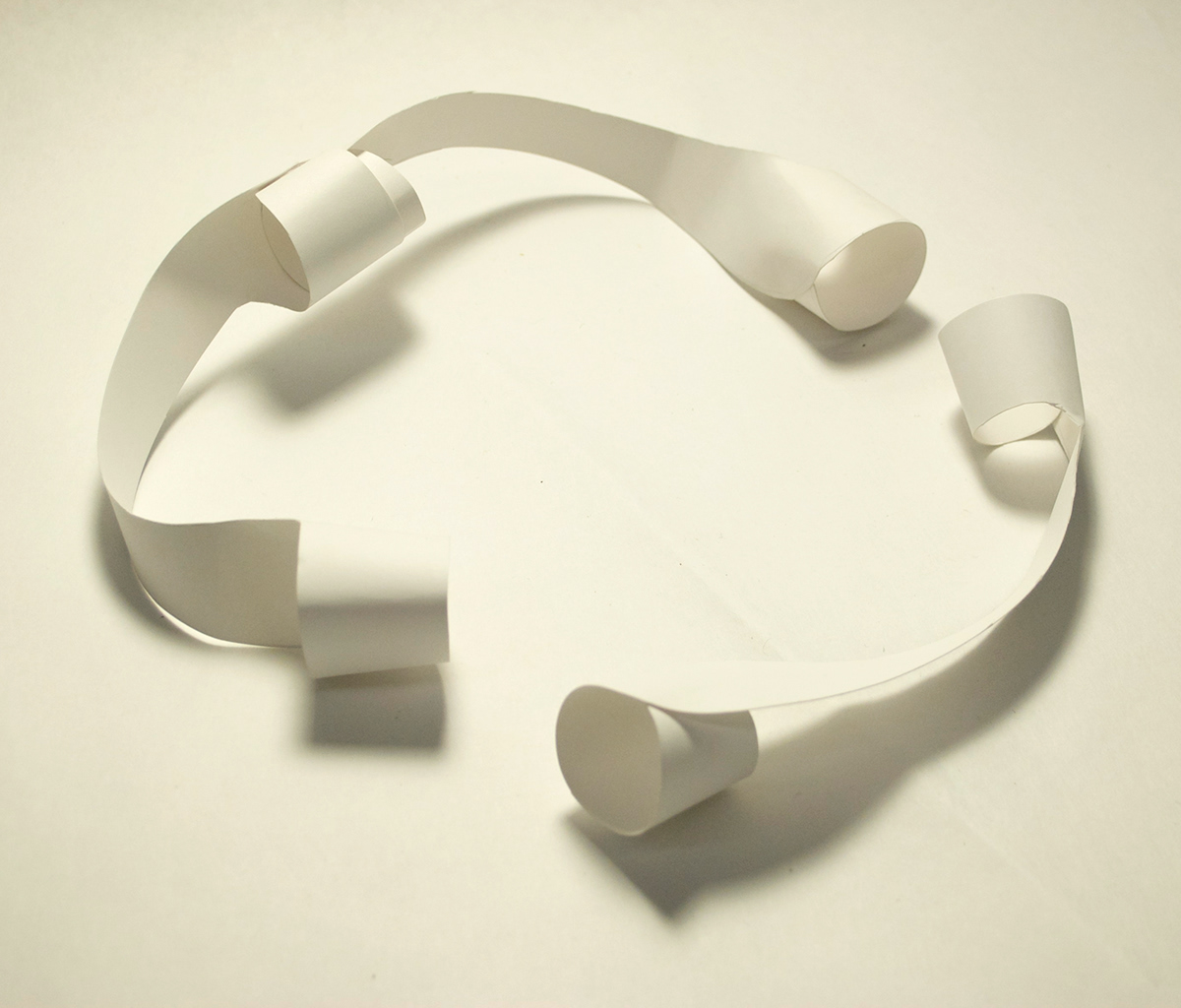
After the sketches were complete, low fidelity sketch models were made to portray them in a real-life setting in order to get a better of idea of how these modules were supposed to function. The following are these images:


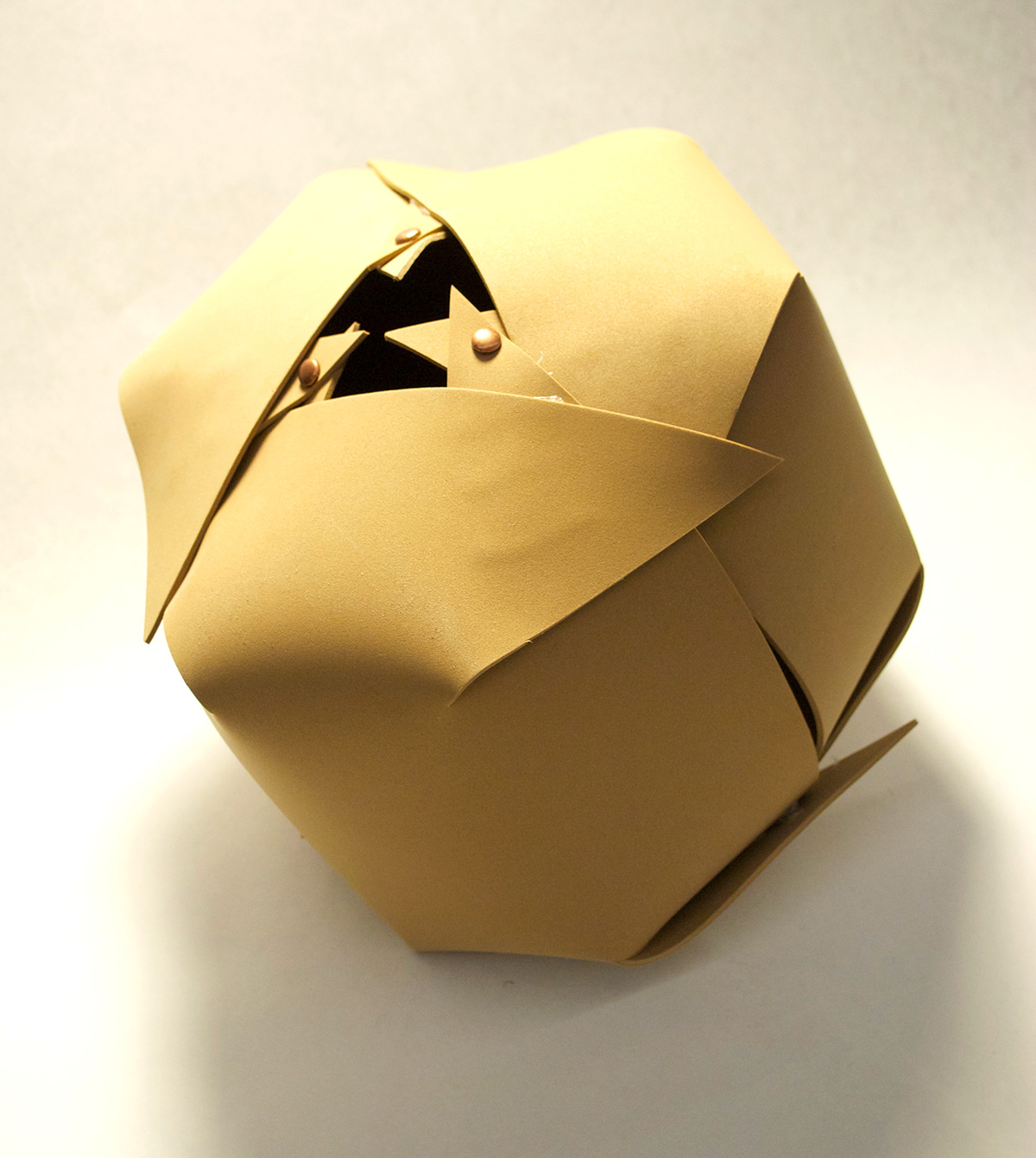
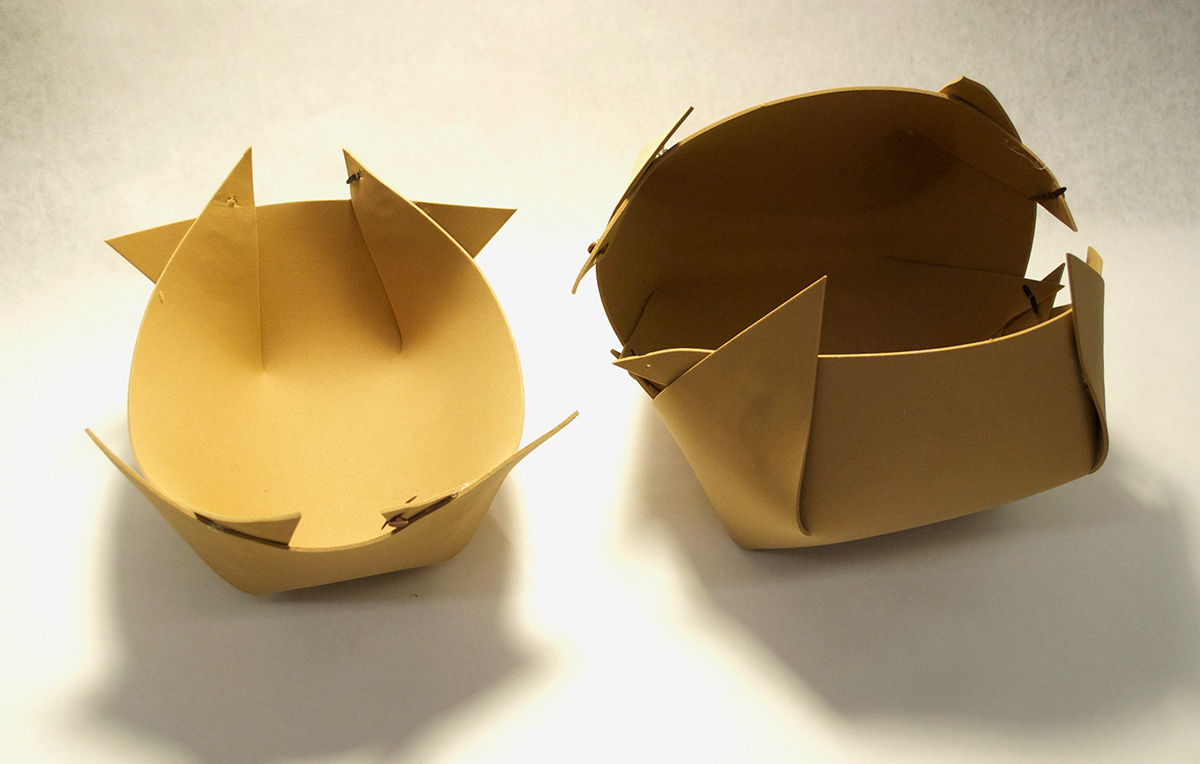


Upon choosing specific qualities of the modular container/organizer ideas shown above, I settled on a bag with three separate modular aspects that connect and disconnect. The models below are examples of modules that explore the idea of containing personal items in a different way.


Final Modular Bag Product Design



Cycle of the Modular Bag Diagrams



Google Sketch-Up Illustrations of Modular Bag




